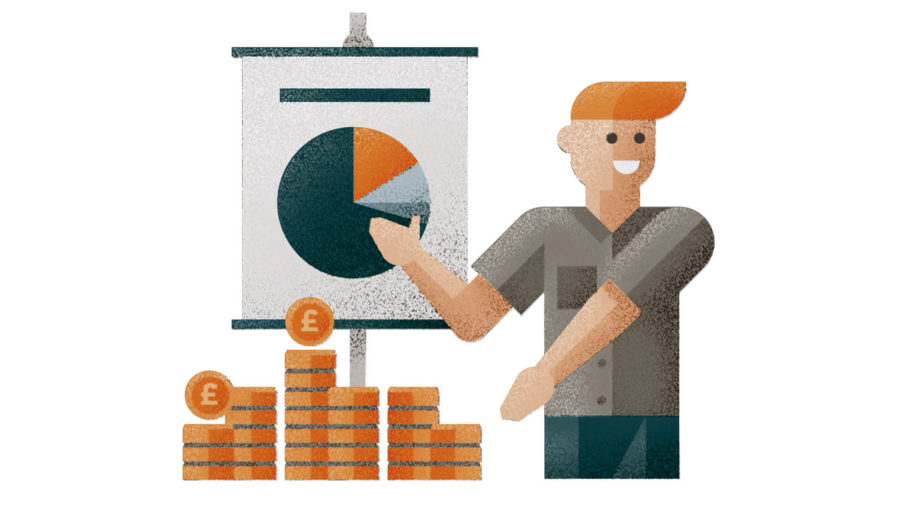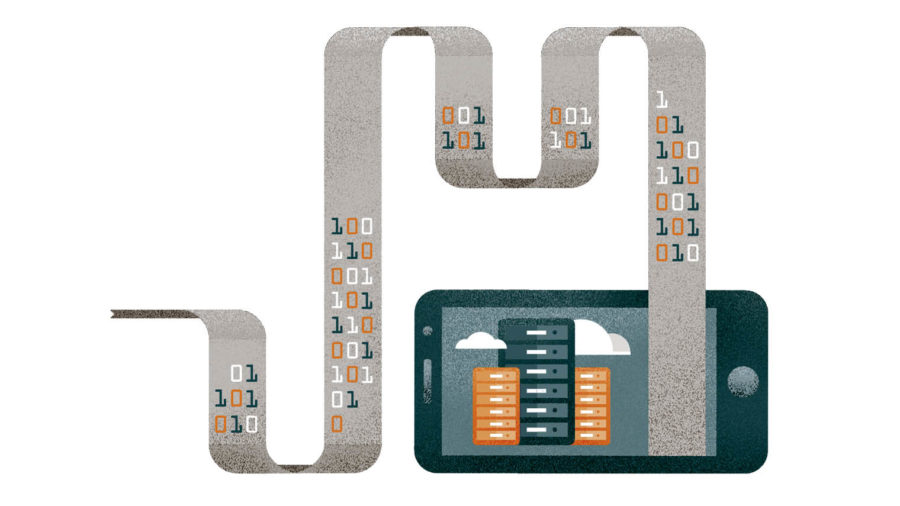1. Head of sales

Mobile devices have simultaneously made life easier and harder for the head of sales. On one hand they now have many more ways to give their teams useful information and accurately predict the likelihood of a sale. But, on the other, mobile technology has changed the way customers buy products, both in a business-to-business (B2B) and a business-to-consumer (B2C) context.
For example, the average B2B customer now uses six different channels, many via a mobile device, over the course of their decision-making journey, according to management consultancy McKinsey. This makes it imperative to provide customers with a consistent experience as they move from, say, a brochure picked up at a trade fair, to a corporate video they watch in the train on the way home, to a conversation with a sales rep. And this is just as true of the B2C world.
As Ben Dowd, sales director of telecoms firm O2 – and so with a foot in the B2B and B2C camps – puts it: “Customers expect the same experience in each one of those channels, and the offer and the proposition will be the same.”
And as Craig Parrish, global vice president of sales at Asure Software, says: “For those of us working in a more consultative sales environment, the single biggest change is the expectation of an immediate response from customers.”
If they haven’t already, heads of sales must make sure they understand intimately how mobile devices have changed the way their customers interact with their company and products. Mr Dowd says: “You need your mobile website to look absolutely stunning. Then understand how your customers want you to interact with them.
“Communications should be, at an absolute minimum, additive to the overall customer experience. What you don’t want to do is risk communicating with customers if that harms the customer experience.”
But mobile business has made life easier for sales teams too. Mobile apps now mean reps can give customers and managers alike real-time information, adds Mr Dowd.
Finally, e-learning has been given a big boost by the advent of mobile devices, he says. For example, a rep preparing for a meeting in, say, a café in Vienna can watch a training module showing them how to handle a pitch for that particular customer. This type of support is invaluable.
2. Head of R&D

Although the job of research and development (R&D) teams is to anticipate the future and invent appealing products for it, many have not adapted to the changes being wrought by mobile technology. This is often because senior executives, and not necessarily the head of R&D, still see “digital strategy as a sideshow”, to quote a report by management consultancy McKinsey.
Only 10 per cent of business-to-business companies in a survey accompanying the report said digital was a top investment priority. This not only makes innovation funding more likely to be misspent, but also means the rest of the company is less likely to support the creation and promotion of new products in the right way. Heads of R&D should not just understand how mobile technology is reshaping their business, but also show colleagues how integral it is to the company’s long-term health.
Thankfully, there are growing numbers of examples to draw from. Outside the Silicon Valley stalwarts of Uber, Tesla, Apple and so on, companies such as the industrial behemoth GE are also changing. GE recently committed more than $1 billion to reshape its business for the internet of things, whereby millions of products – anything from a huge industrial turbine to a domestic fridge – are wired with technology that reports on how they’re being used and communicates with other devices.
And it’s this change in what devices can do that should underpin managers’ outlook. As Maxwell Wessell, general manager of a business unit at software giant SAP called SAP.io, and others put it in November’s Harvard Business Review: “The most successful business models of the 21st century are built on being able to reach into peoples’ lives.”
So Uber’s success doesn’t necessarily stem from its ability to collect data, but because it uses “the most meaningful piece of information about users at exactly the right time: where a potential rider is located when he or she needs a ride”, say Mr Wessell and his co-authors. Uber and GE have both understood how the use of mobile technology, either incorporated into other machinery or used by people, changes the way companies actually provide value.
If heads of R&D start by explaining how their products will improve customers’ lives via technology that will soon be embedded everywhere, from T-shirts to trucks, they should help their company prosper. GE’s $1-billion initiative, by the way, is set to bring in $7 billion this year, rising to $15 billion by 2020.
3. Head of data privacy

If collecting information and using it at the right time is key to creating successful products in the mobile age, then stopping that information slipping into the wrong hands is key to sustaining the firm selling those products. Data breaches – a loss of data through carelessness or malicious intent – have risen by 13.6 per cent since 2014 and cost companies an average of $4 million, according to a report by the Ponemon Institute.
While cases such as the 2015 incident that saw hackers steal personal information on up to 2.4 million of Carphone Warehouse’s customers take the headlines, 60 per cent of these types of “privacy failure” are down to employee behaviour, according to consultancy CEB.
Some of the most forward-thinking companies tend to counter this with two different teams. First, a data privacy team who typically report into the legal and compliance function, and are asked to create and co-ordinate policies, procedures and training. Second, an information security team, reporting into the IT function, has the responsibility of making sure the company’s technology, and the way that employees use it, doesn’t lead to a data breach.
While there is some overlap in the roles – and how that’s managed will depend on the company – both heads of data privacy and heads of information security will have a busy 2017 for two reasons: there’s more data to protect and it will be harder to do so.
The use of mobile technology in more and more walks of life will mean companies will be able to collect more data than ever. But employees’ increasing use of mobile devices poses a growing risk. Not only can mobile devices be lost or stolen far more easily than their clunkier predecessors, such as PCs, but employees often work on personal devices which are much more difficult to protect from hackers than technology owned and controlled by a corporate IT function.
Finally, in order for employees to be able to work on mobile devices, data and software need to be stored in the cloud on servers that are not owned or controlled by the company.
However a company decides to divide responsibility for technology and employees’ behaviour, it’s clear that the two activities that bring about the best results are having clear policies to explain what’s explain what’s expected of employees – many companies still don’t, according to CEB – and running training dedicated solely to keeping corporate information secure.
1. Head of sales

2. Head of R&D

